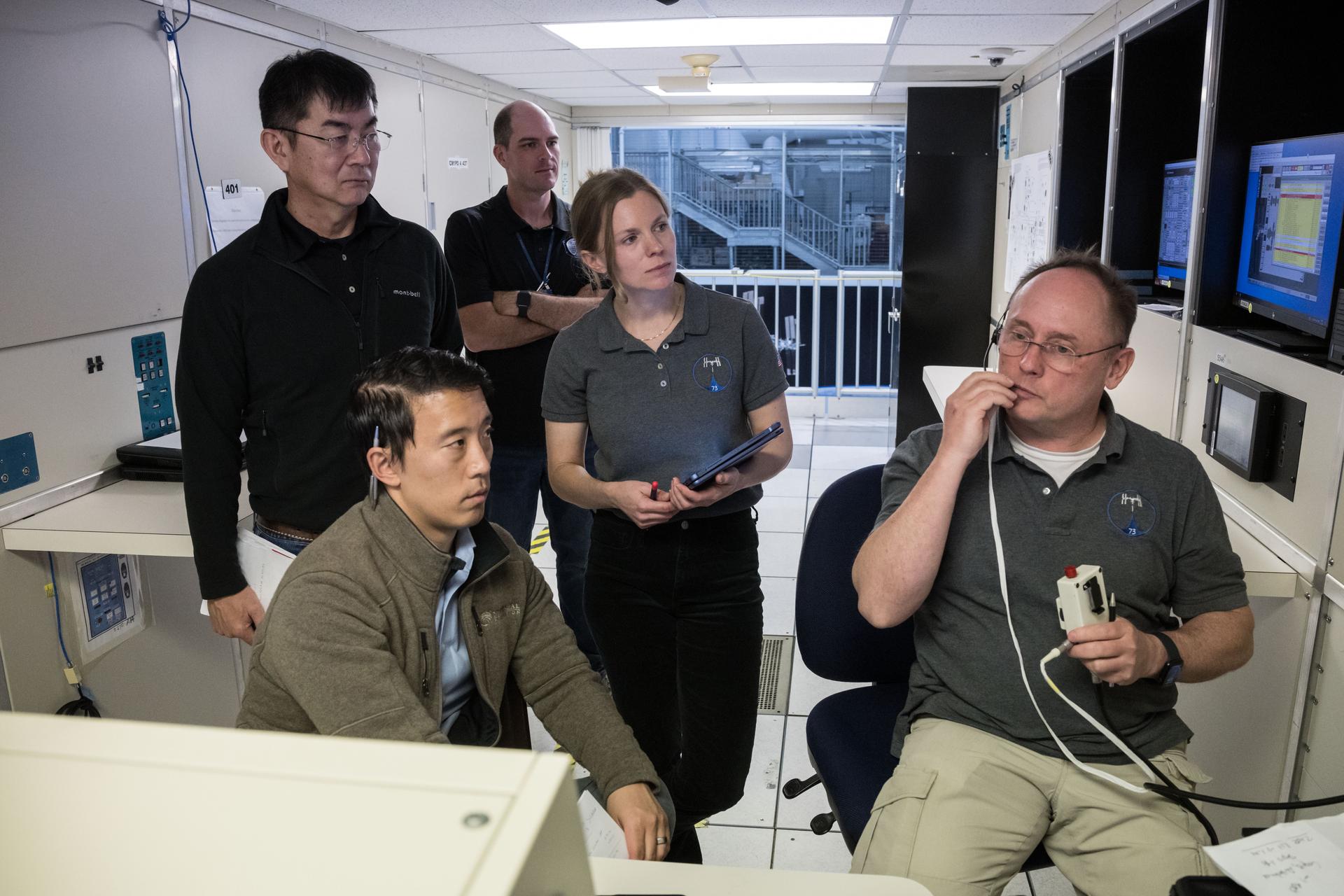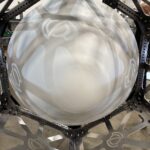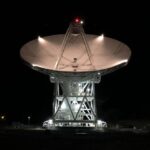Now Reading: Don’t miss the stars of the ‘Summer Triangle’ twinkle with the Milky Way after sunset
-
01
Don’t miss the stars of the ‘Summer Triangle’ twinkle with the Milky Way after sunset
Don’t miss the stars of the ‘Summer Triangle’ twinkle with the Milky Way after sunset

The nights surrounding Aug. 29 are a great time to spot the stars of the famous ‘Summer Triangle’ asterism, bisected by the glowing band of the Milky Way, with an early-setting crescent moon providing a perfect setting for the stellar hunt.
Celestron Nature DX 12×56
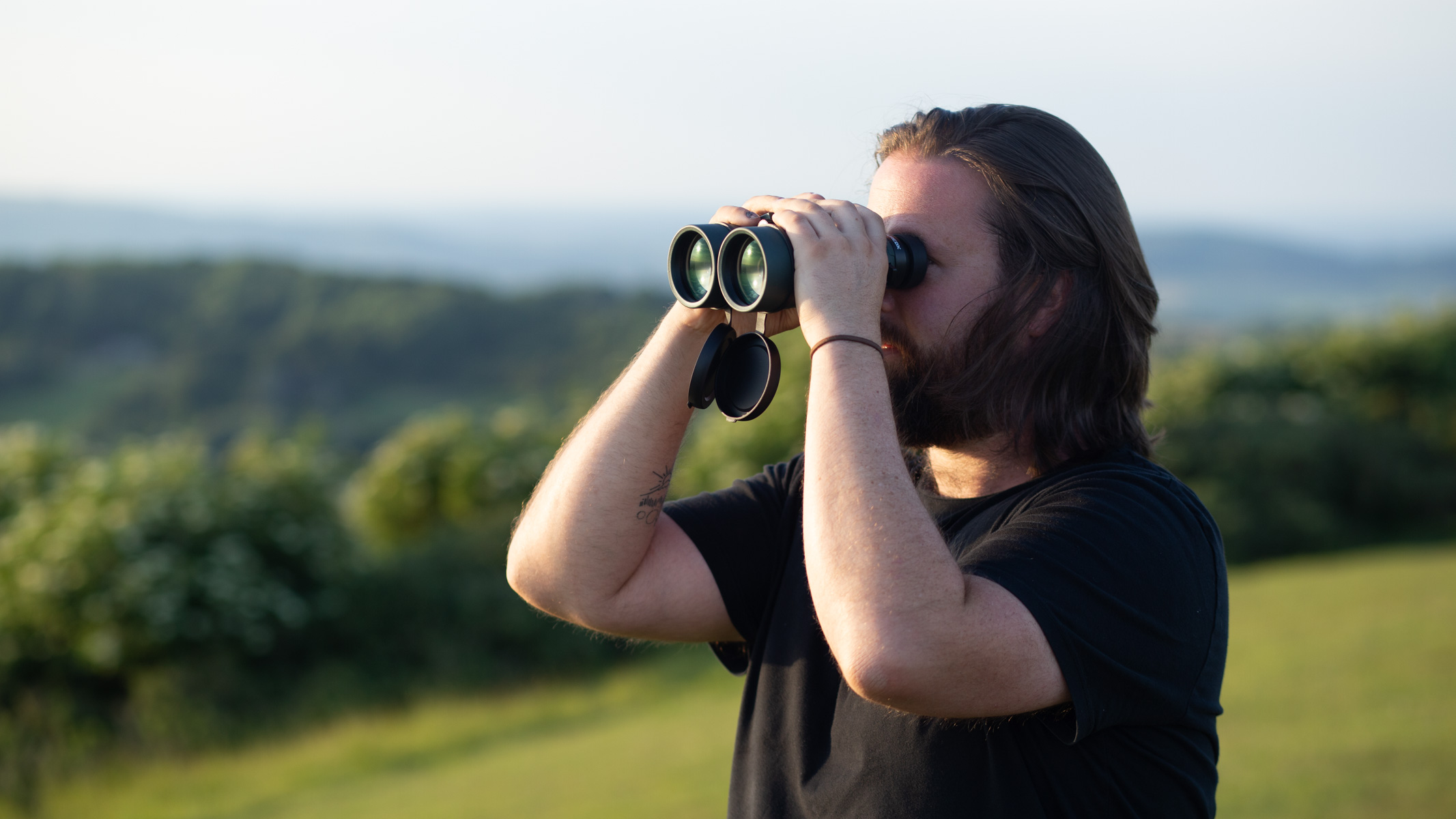
If you’re looking for an affordable pair of binoculars for stargazing, the Celestron Nature DX 12×56 are a good option. They feature excellent build quality, close focussing, good magnification (12x) and a large aperture (56mm). We reviewed the Celestron Nature DX 12×56 and rated them very highly.
Each of the stars of the Summer Triangle belongs to a separate constellation in the night sky. Altair, the lowest point of the triangle, can be found twinkling to the left of the Milky Way in the constellation Aquila, high above the southern horizon after sunset in August. Blue-white Vega, the brightest star of the constellation Lyra, sits to its upper right on the opposite side of the ribbon of dust, gas and stars representing the galactic disk.
Deneb, which forms the tail of the swan represented by the constellation Cygnus, appears to be embedded directly in the hazy profile of the Milky Way, completing the triangle formation.
The 6-day-old 40%-lit moon sets less than three hours after sundown on Aug. 29, presenting a clear sky in which to explore the majesty of the stellar trio. Each of the stars has been subjected to intense scientific scrutiny over recent decades, revealing fascinating insights into their diverse natures.
Vega, for example, is only 450 million years old — a child compared to our 4.5 billion-year-old sun — and spins so fast that it completes a full rotation once every 12.5 hours, just 10% under the critical rotation speed that would see it rip itself apart.
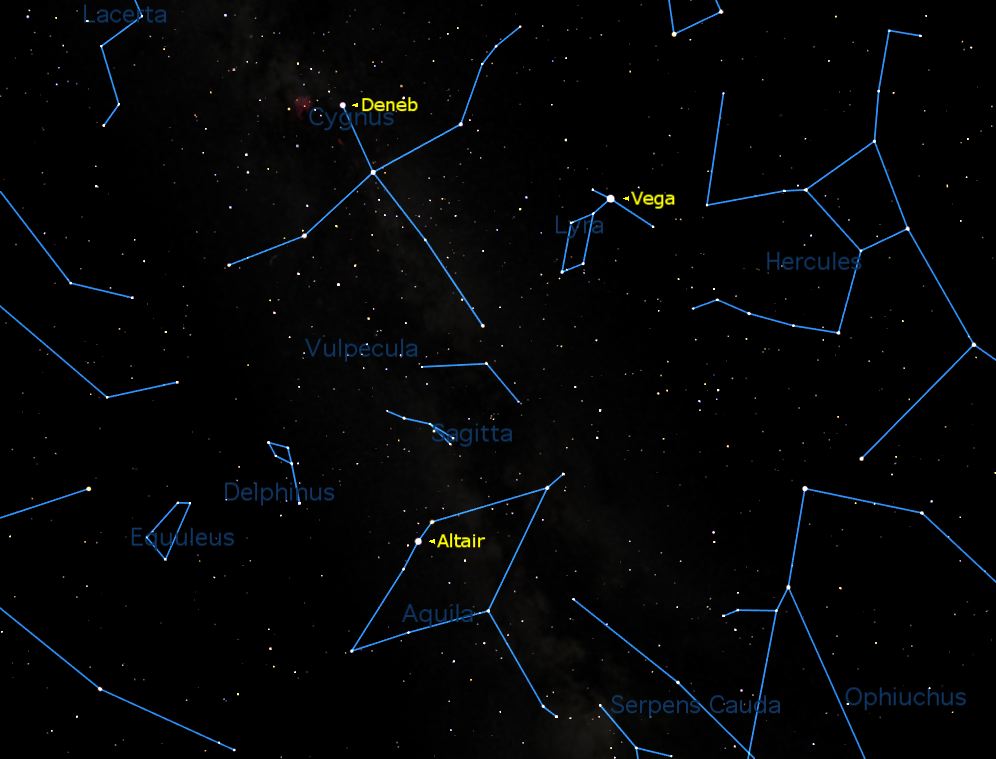
Altair, meanwhile, orbits within the Milky Way just 16.3 light-years from Earth, making it one of the closest visible stars in our night sky, while supergiant Deneb is doomed to one day evolve into a red giant star, before ending in a dramatic supernova explosion.
Want to learn the asterisms and constellations of the night sky by heart? Then be sure to check out our guide to the best smartphone astronomy apps, which use augmented reality technology to point the way to both stars and deep sky objects alike.
Stay Informed With the Latest & Most Important News
Previous Post
Next Post
-
 012024 in Review: Highlights from NASA in Silicon Valley
012024 in Review: Highlights from NASA in Silicon Valley -
 02Panasonic Leica Summilux DG 15mm f/1.7 ASPH review
02Panasonic Leica Summilux DG 15mm f/1.7 ASPH review -
 03How New NASA, India Earth Satellite NISAR Will See Earth
03How New NASA, India Earth Satellite NISAR Will See Earth -
 04And Thus Begins A New Year For Life On Earth
04And Thus Begins A New Year For Life On Earth -
 05Astronomy Activation Ambassadors: A New Era
05Astronomy Activation Ambassadors: A New Era -
06SpaceX launch surge helps set new global launch record in 2024
-
 07Space Force plans new ‘Futures Command’ amid pressure to speed up modernization
07Space Force plans new ‘Futures Command’ amid pressure to speed up modernization















